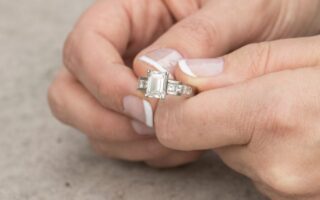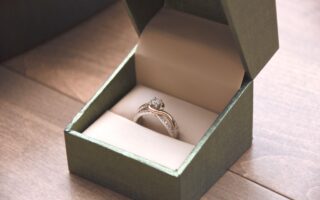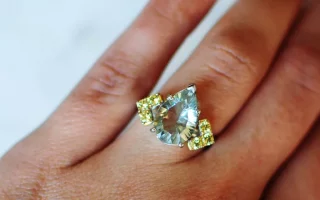When it comes to jewelry, cute hoop earrings are a piece that are so much more than that alone. Instead, hoops are part of ancient historical and cultural importance. From the Sumerian people to modern-day the Black and Latino community, a lot more goes into earrings than choosing an accessory for a particular outfit. Hoop earrings require a much more thoughtful element to appreciate the culture and history behind this jewelry staple. Keep reading to learn more about the history of hoop earrings, the early civilizations they originated from, the link between hoops and cultural identity, and tips for wearing hoop earrings today.
Where did hoop earrings come from?
Table of Contents
Researchers can date hoop earrings back to 2,500 B.C. with one of the earliest civilizations, Sumer. Now modern-day south-central Iraq, the Sumerian people wore gold crescent-shaped hoops. Later, comparable styles could be found in ancient Egypt, where everyone from pharaohs to cats sported hoops. Similar styles also appeared in Greece, Etruria, Rome, and other ancient civilizations.
As you continue through history, you’ll see evidence of gold hoop earrings worn by pirates through the golden age of piracy, meant to ensure they got a proper burial no matter where they might end up. Then, in the 1800s, the Ainu people of Hokkaido wore brass hoops of similar cultural identity. Howvever, this wasn’t the end of hoops’ reign over iconic fashion.
What’s the link between hoops and cultural identity?
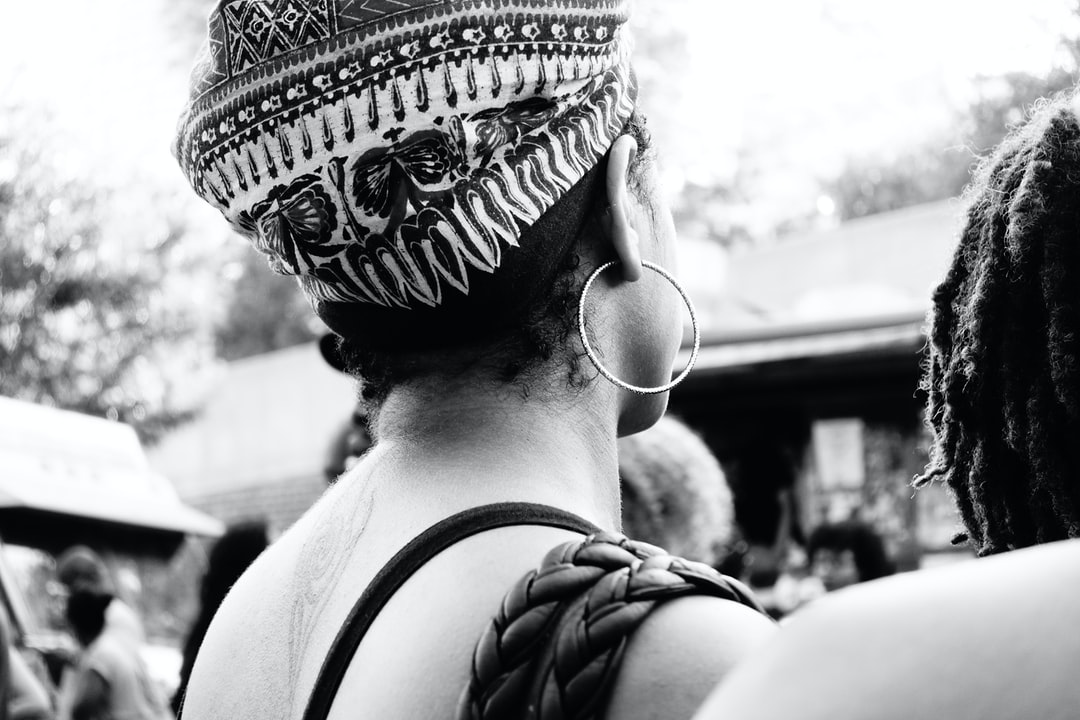
Hoop earrings have been around for centuries and have been popular among a variety of cultures. They are often seen as a symbol of cultural identity and can be used to express one’s cultural affiliation. In some cases, wearing hoop earrings may be seen as a way of asserting one’s cultural identity in the face of discrimination or racism. For example, in the United States, hoop earrings are often associated with African-American culture. They are seen as a symbol of pride and self-expression and are often worn by Black women as a way of asserting their cultural identity. In the early 20th century, hoop earrings were considered “ghetto” or “low-class” and were often associated with crime and poverty. However, over time, hoop earrings have become more mainstream and are now considered a symbol of beauty and style.
Tips for wearing hoop earrings today.
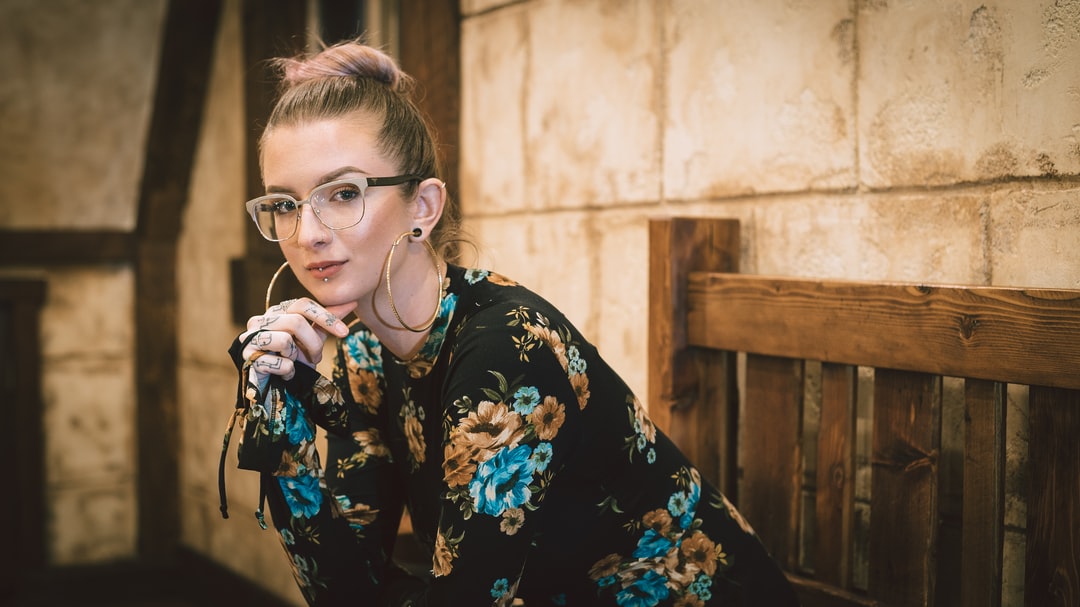
With such a weighted history and crucial cultural context, many people—particularly white people—question whether they can wear their go-to hoops without culturally appropriating. Some may lament this “sensitivity” yet it’s undeniable that cultural components like hoops need to be acknowledged and respected for their history and significance to a group of people, particularly if the person wearing them isn’t a part of that group themself. Cultural appropriation refers to the adoption or use of elements of one culture by members of another culture, often without permission or consultation. This can include things like using traditional dress or hairstyles without permission or appropriating words, clothing, and jewelry from a different community.
Hoops are so much more than a fashion accessory but there are ways to wear hoop earrings without appropriating the cultures that have long embraced these earrings and paid a high price for them. If you’re going to wear small hoop earrings or thin silver hoops, you must acknowledge that these pieces are far more than a trend.
Hoop earrings have a varied and lengthy history, which has cumulated in remarkable contemporary cultural values. By considering this history and the modern-day context in which hoops exist, you can begin to better understand this iconic jewelry and its place as so much more than a trend, whether you’re sporting hoops yourself or learning about them from afar.

